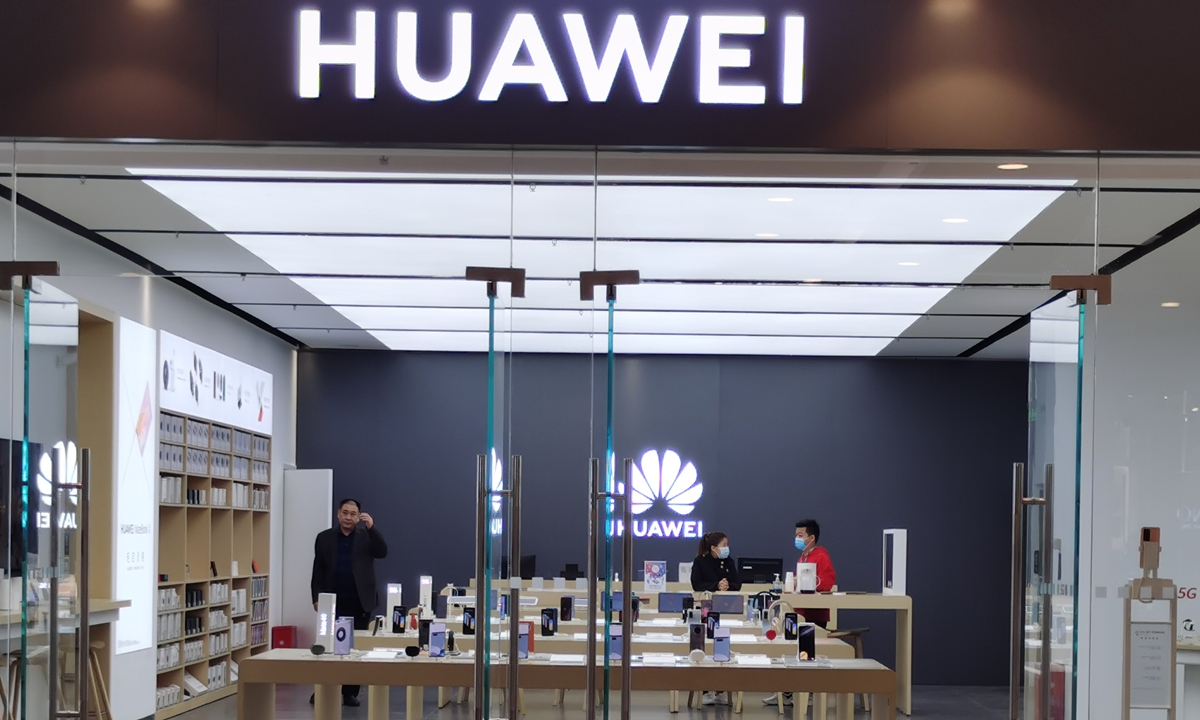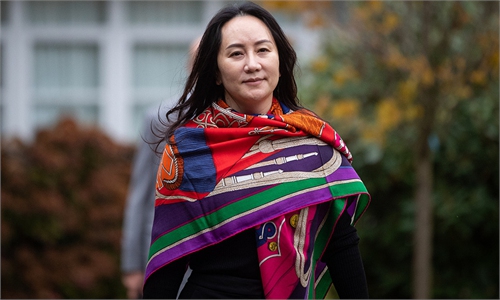
A view of a Huawei store in Central China's Henan Province in November 2020 Photo: cnsphoto
Huawei plans to launch commercial use of its high-precision maps this year, covering high-speed roads across China and four first-tier cities in 2021 while expanding to over 20 major cities by 2023, Huawei confirmed to the Global Times on Monday.
At the ongoing Auto Shanghai 2021, Huawei released the latest capacity and road signs of the cloud services of its high-precision maps and aims to meet commercial auto driving's demand.
"We're confident to achieve commercial use this year, as Huawei has obtained Class A surveying and mapping qualification for making navigation electronic map and has the capacity to collect and draw up high-precision maps," Liao Zhenqin, general manager of Huawei's Smart Car Cloud Service Product Department, said at the show on Sunday.
High-precision maps are a prerequisite for self-driving solutions. Tech firms that work on autonomous driving all need the support of high-precision maps, based on which vehicles locate and obtain surrounding information.
However, the domestic high-precision map making sector has been faced with the challenge of limited industry cooperation, with cost of generating maps high, real-time update difficult and can only meet trial phase need. Therefore, a data-driven closed-loop open platform is needed to raise the capability of cloud-vehicle cooperation.
At the show, Huawei also launched its "Huawei Octopus" autonomous driving open platform, which is based on the hardware of autonomous driving data, high-precision maps, and algorithms. The one-stop cloud service of virtual simulation and safety will assist auto companies to build autonomous driving development capabilities with zero foundation and lower the development threshold.
Huawei obtained a permit for its high-precision digital map technology in China back in July 2019.



